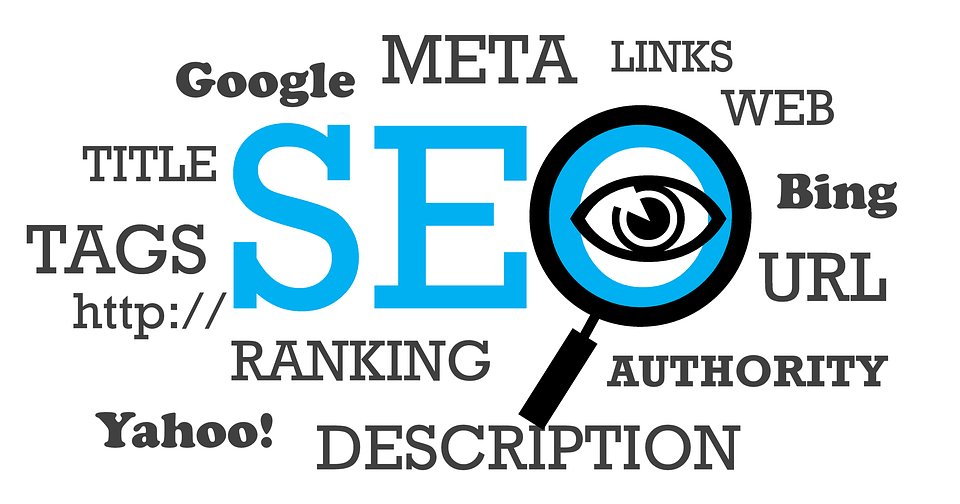Hello Folks!
Hope you all are doing well.
Today, I am here to reveal all the secrets that automatically rank your website first on Google. But for that you need to follow the best practices outlined below which will hopefully make it easier for search engines to crawl, index and understand your content.

So, if you’re pretty interested in having a complete overview of the basics of the Search Engine friendly website according to our best practices, you are indeed in the right place.
The following topics in this guide are essential ingredients for any web page, but you may not be making the most out of them.
To give an example, just imagine how people will search on Google if they want something, which you are offering. Again, to explain the SEO things and its impacts in detail, I have stated the common myths to share best SEO practices for the year 2018.
CONTENTS
1. Why does your website need to be search engine friendly?
Billions of searches are made on Google for products, services, and information, out of which only a few of them are targeted to the top. If you own, manage, monetize, or promote online content via Google Search it is necessary for you to understand the basic things to make your website search-engine friendly.
It meant to make search engines understand your content and reflect a noticeable impact on the users. Another important factor is when it comes to how much traffic is driven by search engines to your website; the percentage is substantial, and perhaps the clearest indicator of the importance of SEO needs in a website.
2. Basic Things to Consider
- Feed the information what visitors are looking for
Pinpointing your visitor’s needs and wants really isn’t that complex.
Yes, the very basic thing to understand before implementing different SEO practices is having a crystal clear idea of the user’s need and to know what they are looking for. Google Search Console is a free tool to track your website appeared for the number of searches and record the terms used by Googlers to reach your site. Now, sort the data to view how your site performs for each term based on the number of impressions, a number of clicks, click-through-rate, and average position in search engine results. Next, always provide useful and rich information that give justice to the topic you are writing and entice the webmasters to link to your site.
To sum up, it is all about the user experiences on your website and keep them interested all the way through reading your article.
- Content that builds Natural Links
Exactly what the name suggests!
Natural links are created naturally without the webmaster having to go and generate them either through guest posting or other forms of link building practices. These links develop as part of the dynamic nature of the web and think it would be helpful for their visitors and add value to their content.
In simple words, website owners or bloggers link to your content i.e. blogs, images, and products. Another benefit of having natural links is that it helps visitors easily crawl your website and increase visibility to help your site rank high.
Essentially, the more links you have, the more likely you will be to rank well when someone searches for keywords related to your website.
- Search Engine Friendly Design
A website that keeps a balance between technology-centered design and user-centered design resembles the search engine friendly website.
Some site designs can become more search-friendly by adding sitemap and text-link navigation. Search engine friendly design comprises of many elements and not only URL structure. We all know that developing quality content is important but it’s not the only part of your strategy that must be optimized. Displaying the content properly and having a solid hierarchy and breadcrumb navigation is the key to an effective web presence.
- Help Google Find your Content
Promote your site to encourage people to discover your site.
The very first step is to let Google find your content and get your site on Google. The best way to do this is a sitemap. A sitemap is a representation of web pages and the URLs available for crawling. This is necessary so that the Google robots can scan your site structure and index it into the search engine. Google also finds pages through natural links from other pages.
Get familiar with Google webmaster guidelines as it consists of useful tips for better user experience.
- Keyword Optimization
Keyword Optimization is the fundamental step in every search process.
The right use of keywords may extract accurate information within seconds. If you don’t choose and use keywords your customers are searching for, you won’t get found. That means no traffic, no sales, and no money. Keywords drive qualified traffic to your website giving you a better idea of the needs of potential customers.
To make it simple, the success of your organic search efforts rests largely on how effective you are at discovering, researching, analyzing and selecting the right search engine keywords for your website.
- Take the challenge to create Indexable Content
The ability of a search engine to access site content is often referred to as crawl ability or indexation.
To perform better in search engine listings, your most important content should be in HTML text format. The reason is HTML text format is the most likely to be indexed by all the search engines and Google and Bing covers almost 90% of the market. There has been a huge improvement in search engine spiders in crawling technology to discern useful content. Java applets, Flash Records, and other non-text substance are frequently disregarded by search engine crawlers.
You can opt for tools such as Google’s Cache, and SEO-browser.com, to perceive what components of your content are obvious and indexable to the search engines.
However, more advanced methods are available for those who demand greater formatting or visual display styles.
3. Things to avoid
Don’t attempt to cloak pages with a list of keywords. According to Google, if your site contains pages, links, or text that you don’t intend visitors to see, those links and pages are considered misleading and your site might be ignored. Google crawlers don’t recognize text represented in graphics, so avoid using important names, content or links to be displayed in images.
Be careful; if your domain is affiliated with one of these deceptive search engine services, it could be discarded from Google’s search engine index. Stop creating multiple content copies of your web page under different URL. If your site has identical content that can be reached via different URLs, there are several ways of indicating the canonical (preferred) version of a page.
Conclusion
Search engine optimization (SEO) is often about making small modifications to parts of your website. I just came across a few of them and thought about sharing it with you guys.
I recommend you to try out them and feel free to share the experience right here in the comment section below.
Let me know if I missed any of the aspects so that we can keep pace with the upcoming SEO friendly techniques.
Happy reading! 🙂










Comments